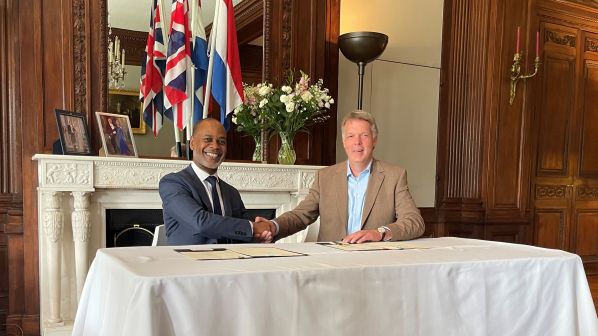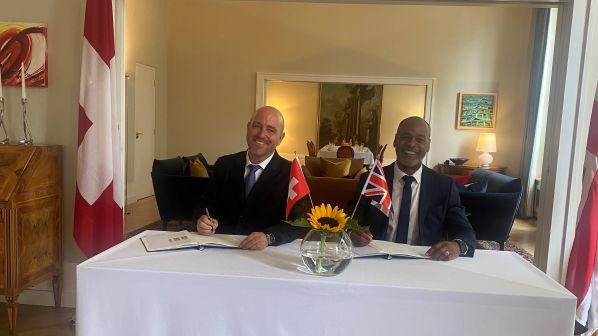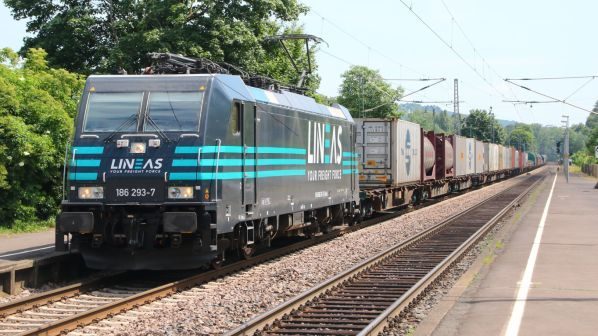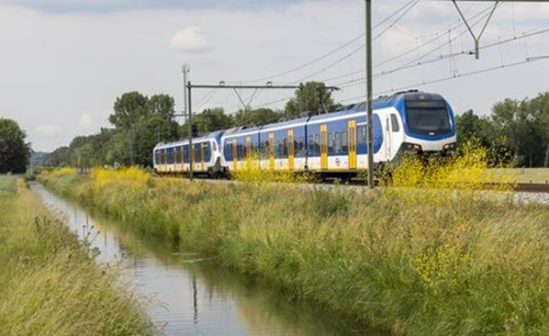BRITISH infrastructure manager Network Rail (NR) has signed a new Memorandum of Understanding (MoU) with its Dutch counterpart ProRail that will see the two organisations continue to work together on the development of new technology.
The MoU was signed earlier this month at the British ambassador’s residence in The Hague by NR’s chief rail technology officer, Mr Robert Ampomah, and Mr Karel van Gils, director of innovation and technological renewal at ProRail.
The new agreement builds on a previous MoU signed in 2018, which has seen NR and ProRail work together on topics including ETCS Level 3 hybrid and fibre optic acoustic sensing (Foas), which uses lineside fibre optic communications cables to monitor railway infrastructure.
In November 2020 NR and ProRail launched a design contest which sought proposals from over 40 suppliers for a funded 12-month trial of Foas, IoT sensors and smart CCTV cameras. The new system was required to address four operational challenges: train movement and position reporting; detecting rail and wheel defects; level crossing safety management; and detecting trespass and people on the railway.
NR later awarded a Thales-led consortium a contract to develop and test Foas. Trials at NR’s Rail Innovation and Development Centre (RIDC) at Melton Mowbray and on the line from Melton Mowbray to Leicester were due to start in autumn 2021.
Under the new MoU, the Foas and ETCS workstreams will continue as part of a wider programme considering digitisation, asset management and ensuring sustainability in the face of climate change. This will include work on automated infrastructure inspection and embankment stability.
“Network Rail and ProRail are both dedicated to running more reliable railways for passengers and freight customers, and we share many of the same challenges and opportunities,” says Ampomah.
“As well as new technology, we already share information on trespassing, managing our assets and even the impact of how Artificial Intelligence can help improve the way we work.”
“By sharing information, we can check our findings against another operator, get a better spread of data and test our ideas on different infrastructure.”
“ProRail and Network Rail have similar challenges in modernising and transforming their railway,” says van Gils. “Capacity needs to grow, whereas the railway systems and assets are ageing, and personnel are scarce.”
“Both Network Rail and ProRail are committed to digitising the railway system as it will be key for a future-proof, interoperable and reliable, high-capacity railway. We will enhance each other’s efforts in the necessary research and development.”




